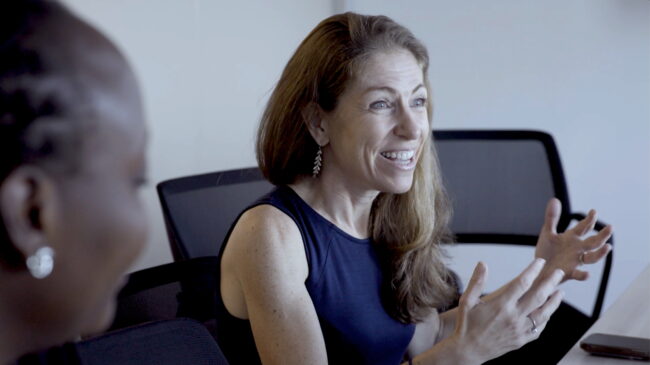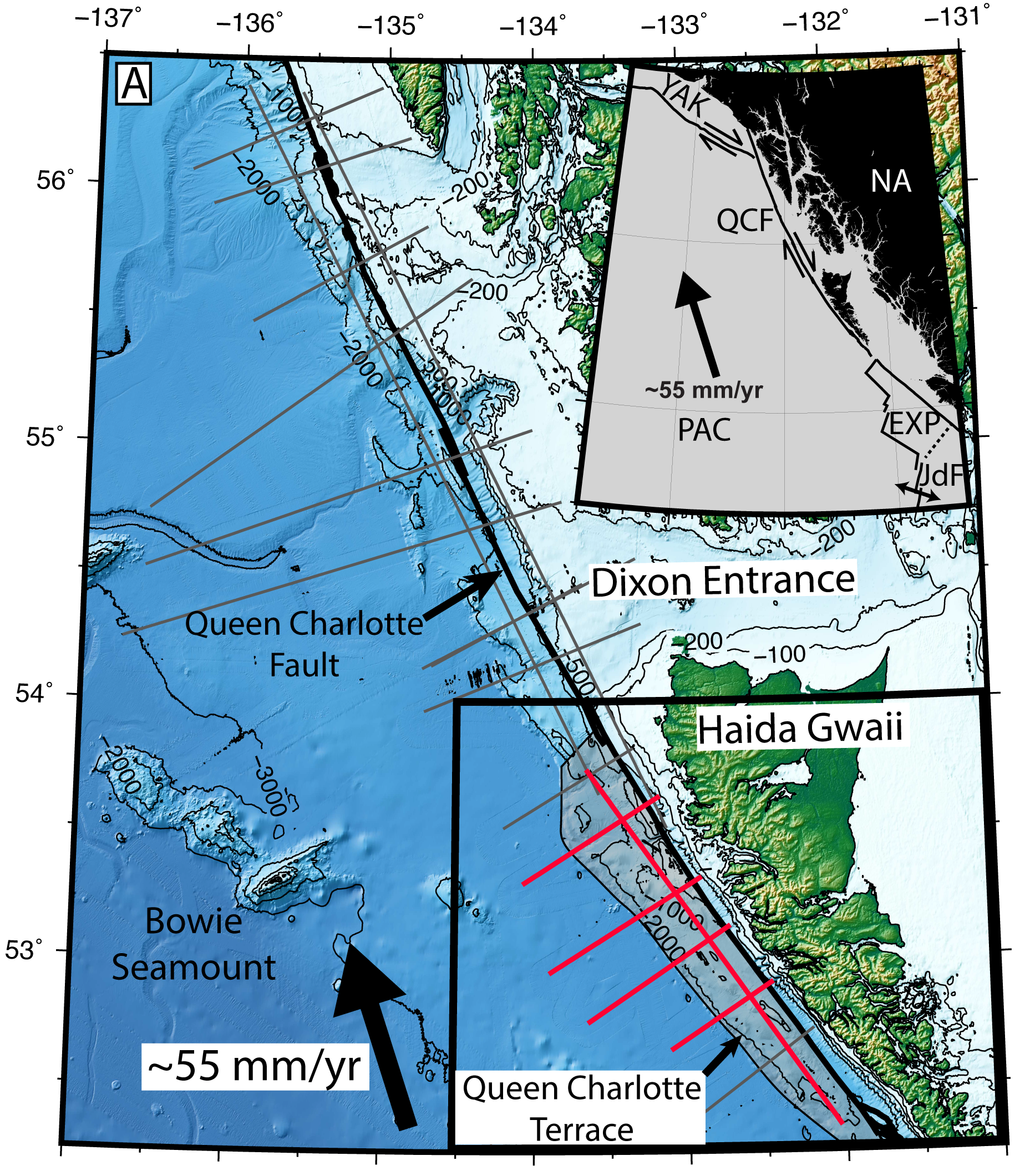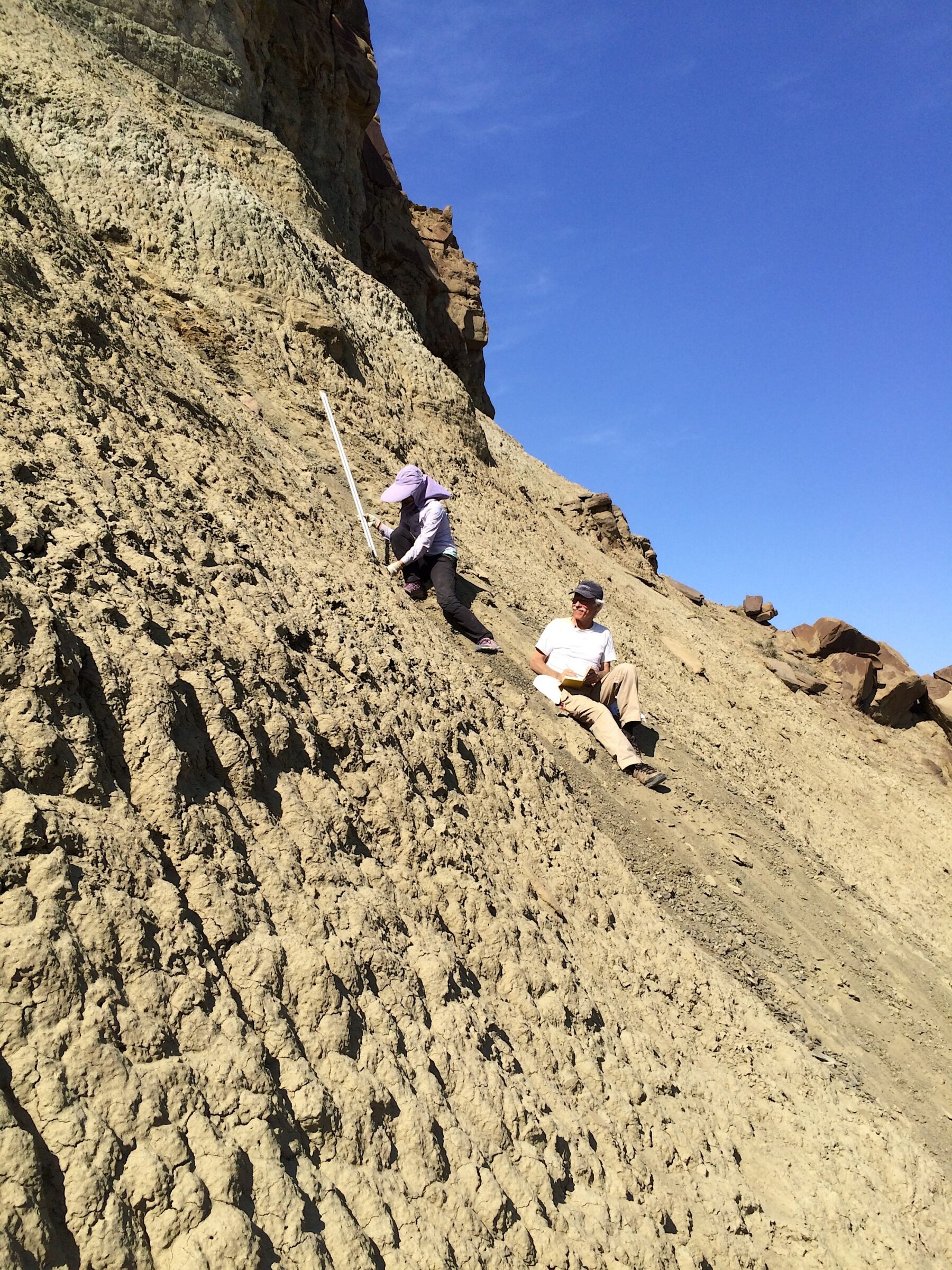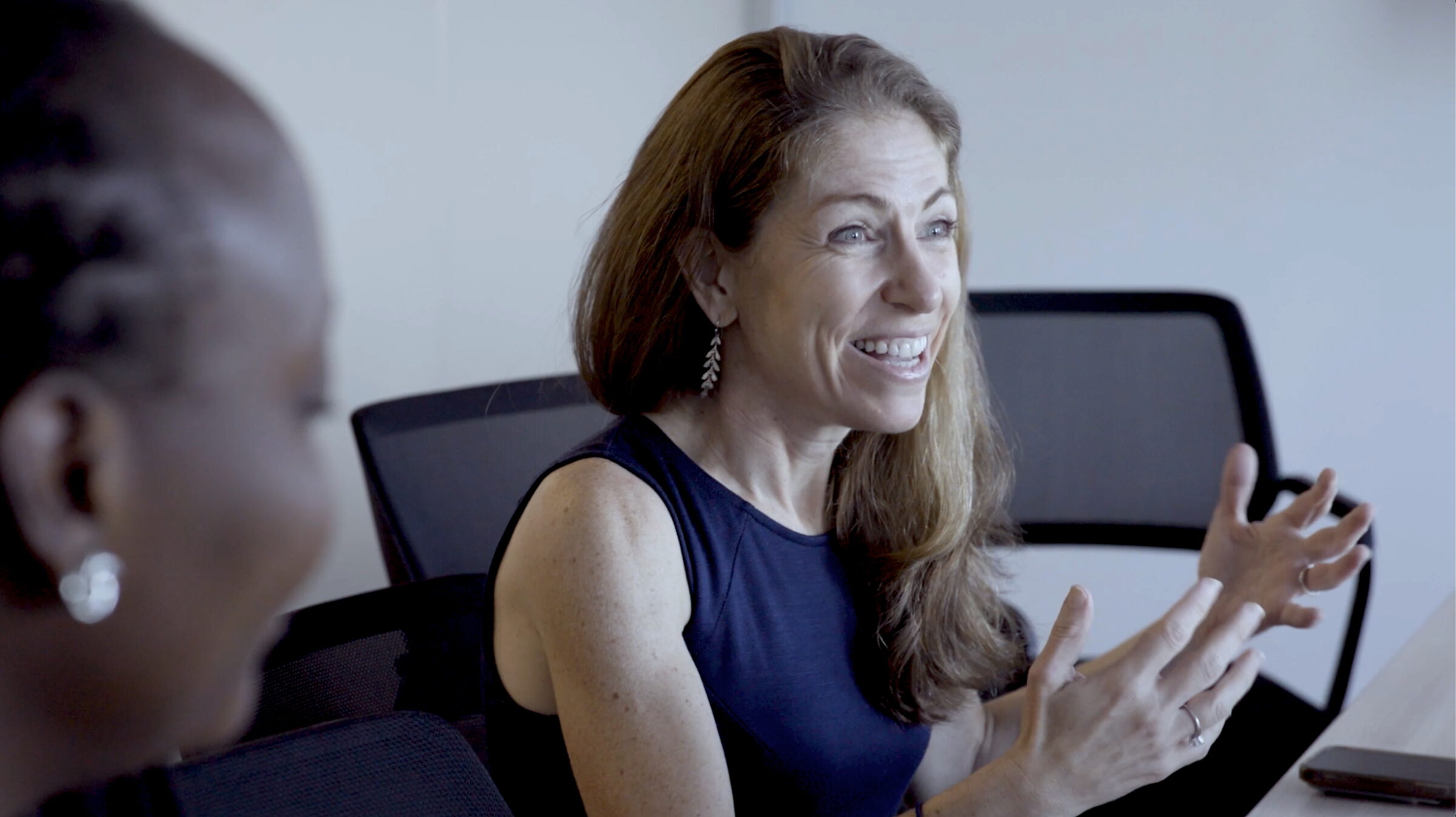Author: Francesco Fiondella
-

Science for the Planet: Financing Sustainable Development
Meet Lisa Sachs—a lawyer who specializes in how public and private investment can help achieve environmental, social and economic goals.
-

Seismic Study Reveals Hidden Megathrust Earthquake Risk off British Columbia
A new study has revealed the first detailed images of a newly developing subduction zone off the coast of British Columbia.
-

A Chaotic Mars-Earth Planetary Cycle May Have Contributed to One of Earth’s Major Warming Events
New research shows that the Mars–Earth orbital cycle once had a 1.6-million-year cycle that coincided with major climate swings.
-

Science for the Planet: Tackling the Invisible Threat of Nanoplastics
Beizhan Yan, an environmental geochemist at the Lamont-Doherty Earth Observatory, has come up with new methods to detect and analyze tiny plastic particles to better understand their impact on human and environmental health.
-

Science for the Planet: Creating Climate Solutions with Urban Communities
Climate School professor Sheila Foster works with frontline communities on climate adaptation strategies.
-

Science for the Planet: In Madagascar, Learning From a Library of Human Experience
Archaeologist Kristina Douglass explains how past human adaptation can inform solutions to modern climate challenges.
-

35 Years of Harnessing the Power of Geospatial Data for Decision Making
CIESIN’s mission is to make complex environmental, social and economic data easy to access and use so that people can make better decisions about pressing issues like climate change, disaster response and sustainable development.
-

Science for the Planet: Uncovering the Mysteries of Greenland’s Melting Ice Sheets
Marco Tedesco explains how remote-sensing data can reveal how Greenland’s ice sheets are melting.
-

Science for the Planet: Equitable Climate Adaptation for Coastal Communities
Nadia Seeteram studies how climate risks are impacting housing infrastructure and housing needs in coastal communities.
